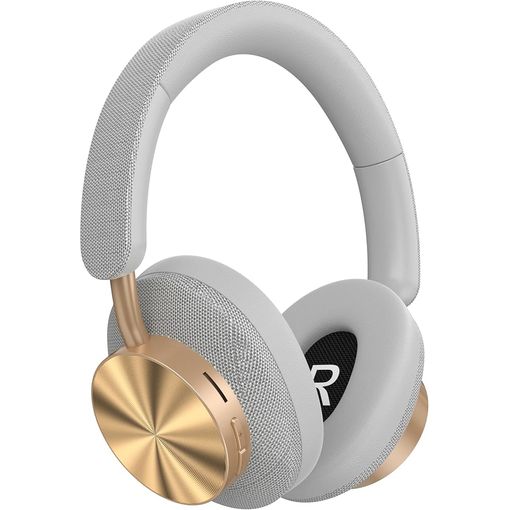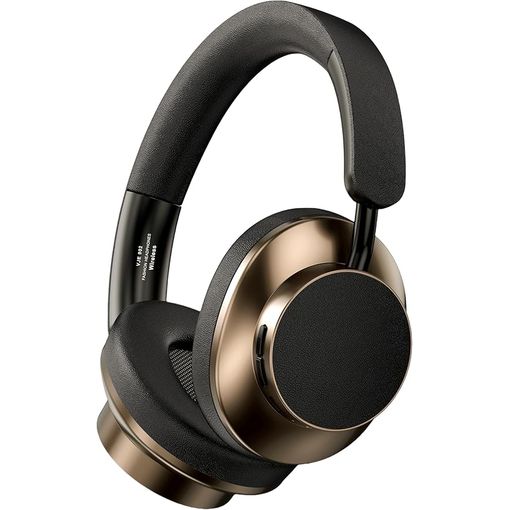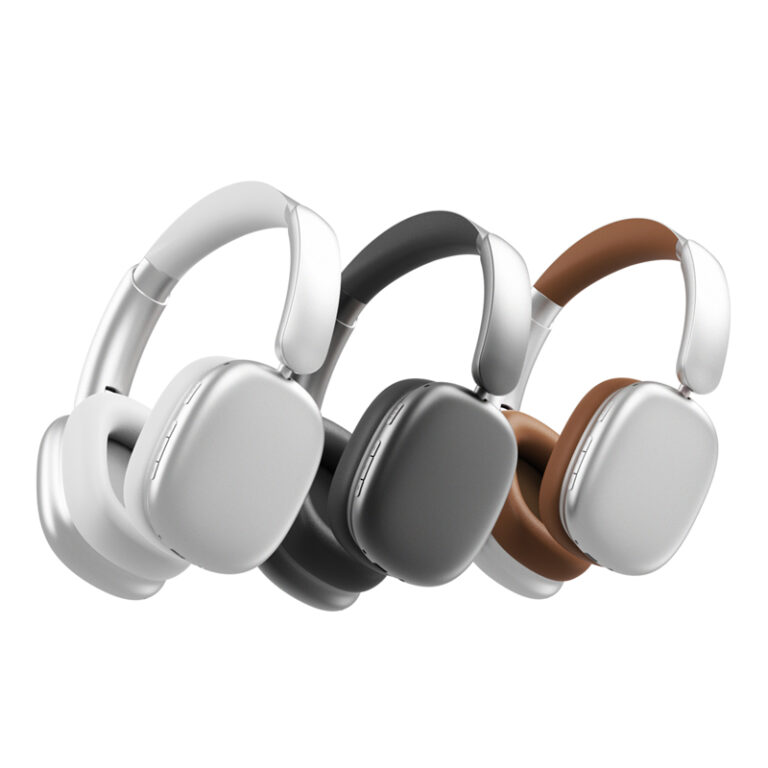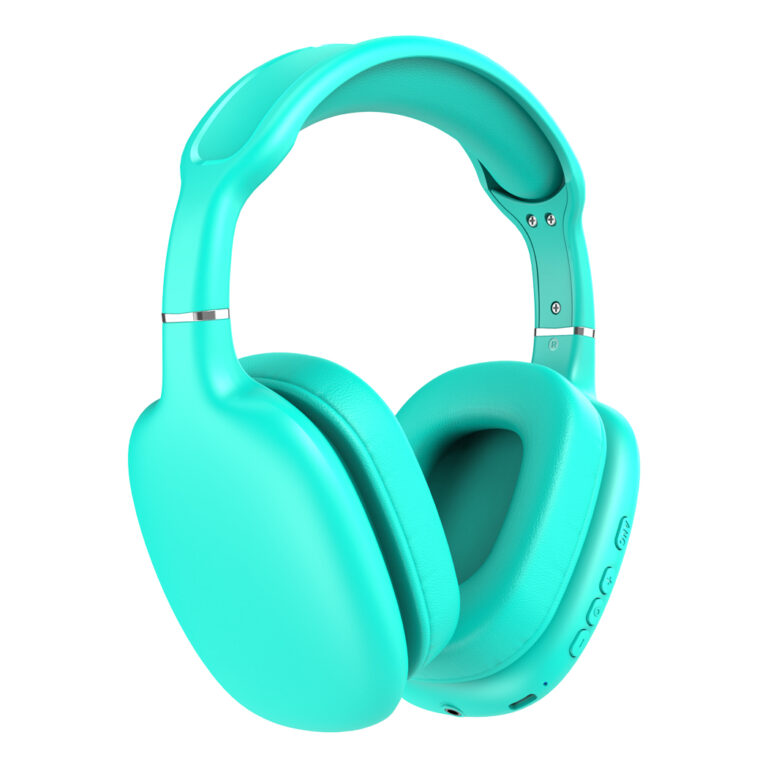jay@nbdho.com
Tuning Bass in Over-Ear Headphones: Power Without Boom
Bass response is one of the most critical and emotionally engaging aspects of headphone audio. In over-ear headphones, the larger drivers and enclosed ear cups offer a strong foundation for deep, resonant bass. However, achieving a bass sound that is powerful without being boomy requires careful acoustic tuning, material selection, and design precision.
Boomy bass—where low frequencies dominate or muddy the mids and highs—can result in listener fatigue and inaccurate sound reproduction. While some consumers enjoy heavy bass for genres like hip-hop or EDM, most seek a balanced experience where bass is impactful yet controlled. Achieving this balance starts with driver design.
Driver Size and Material
Over-ear headphones typically use dynamic drivers ranging from 40mm to 50mm. Larger drivers naturally produce deeper bass due to greater air displacement. However, size alone doesn’t ensure quality. The material of the diaphragm—such as mylar, titanium, or graphene—impacts responsiveness and damping. Stiffer, lightweight diaphragms respond more accurately to low-frequency input, reducing distortion and unwanted resonance.
Enclosure Design and Acoustic Chambers
The ear cup housing plays a major role in shaping bass. Closed-back designs help isolate sound and reinforce low frequencies, but if the internal volume isn’t tuned correctly, it can trap sound waves and create echoing bass. Many manufacturers integrate acoustic damping materials and tuned vents or bass ports to manage airflow and reduce pressure buildup, leading to cleaner bass response.
Bass Tuning Through EQ and Crossover Filters
Modern headphones, especially those with built-in digital signal processing (DSP), use EQ curves to shape frequency output. By slightly boosting the 60–120Hz range and attenuating sub-bass frequencies below 40Hz, engineers can enhance punch while preventing boominess. Crossovers in multi-driver systems also play a role, ensuring that bass is handled by the right component without bleeding into midrange duties.
Padding and Ear Cup Fit
The seal created by ear pads is crucial for bass. Memory foam and over-ear designs help trap sound, enhancing perceived bass response. However, if the pads are too soft or shallow, the seal weakens, and bass leaks out. Well-fitted ear cups ensure consistent pressure and sound delivery across a wider frequency range, especially the lows.
Listening Preferences and Use Cases
Tuning also varies depending on the target user. Studio headphones aim for flat, accurate bass to support critical listening, while consumer models often feature enhanced bass for enjoyment. Some headphones offer adjustable bass features—either via hardware sliders or app-based EQ—allowing users to personalize their sound experience.
Conclusion
Tuning bass in over-ear headphones is both a science and an art. From driver design and materials to enclosure engineering and software optimization, each element contributes to a bass profile that is rich, tight, and musical—not bloated or overwhelming. The goal is clarity and impact—bass you can feel, not bass that buries the music.





